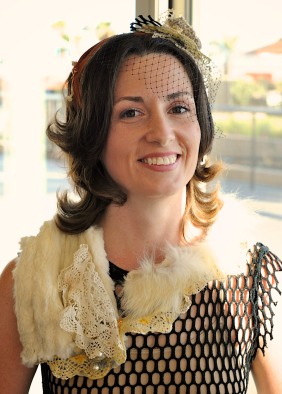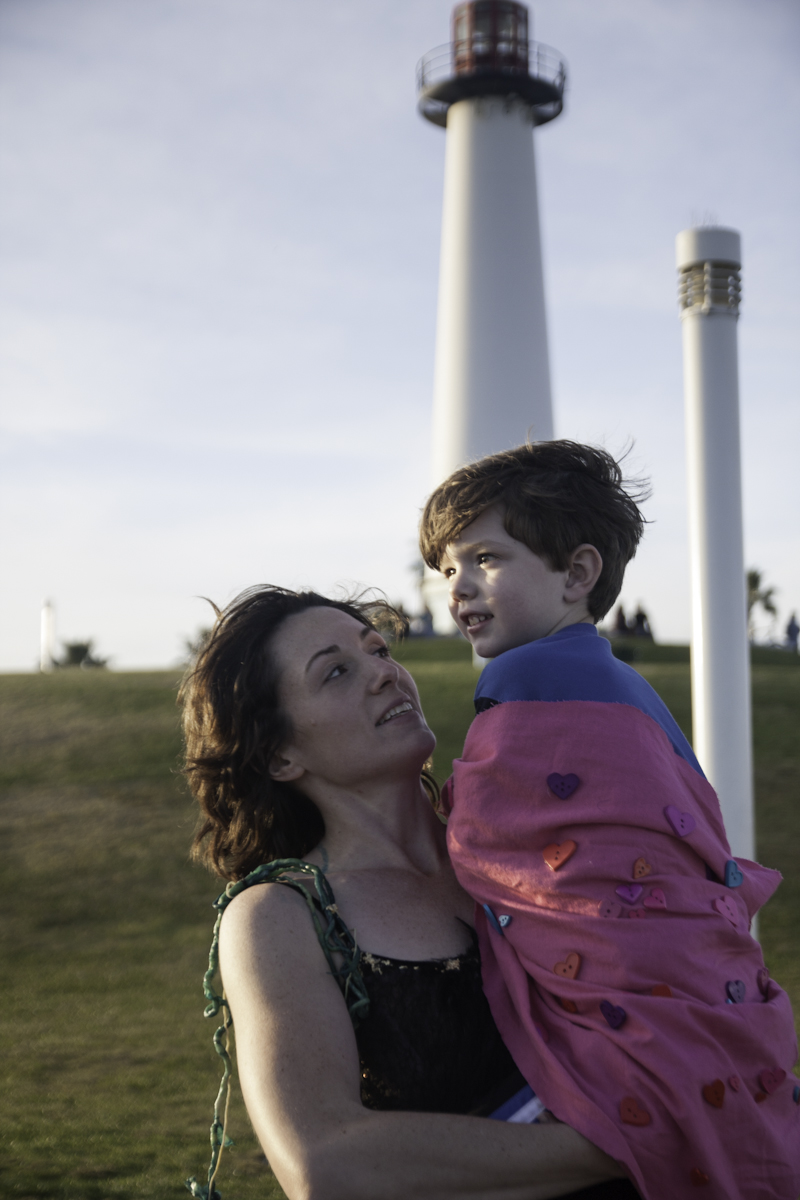The first installment of Fluid will be at The Edison, featuring Louise Wareham Leonard and MacGillivray, with appearances from Tom Janikowski, Kim Dower, and (me) Nicelle Davis.
LOCATION INFO:
Los Angeles, CA 90012
213-613-0000
WHY IS THIS EVENT IMPORTANT
Red Hen Press will launch the first of what hopes to be a series of readings at the gorgeous Edison in LA. The series will be called Fluid as in the movement of water during a time of drought–poetry at a time of oppression and silencing.
Please come see the poetry show on September 2nd. Please be mindful that poetry was designed to be heard. By supporting this reading you will be supporting future readings at this location.
This opening show will prove that poetry is sexy and provocative–it is a show of heat and ice. It is Fluid.
WHAT IS THE EDISON
The Edison is a steampunk themed nightclub located inside the Higgins Building basement in Los Angeles, California. The Edison opened in 2007. The Higgins Building basement was Los Angeles’ first ever power plant, built by Thomas Higgins. After spending several years derelict and underwater, it was rescued by entrepreneurs Andrew Meieran and Marc Smith, who made a post-industrial steampunk venue for Los Angeles nightclubbers. For more information visit: https://www.edisondowntown.com/
Let me introduce you to my outfit for the event along with the designer behind this fishnet-latex-fur genius, Pavlina Janssen.
What to Wear to The Poetry Circus: An Interview with Proto-Organic Artist
ND: Hello Pavi. I’m finding it oddly difficult to find a “normal” way to start a conversation about costumes and costuming—maybe we can begin with our beginning—talk about the first project we worked on together—or, the first costume you made for me.
PJ: Oh my goodness, do I even remember the first costume I made for you? Oh what was it? Was it the honey dress?
ND: Oh no, it was way before that. It was for the cover of Becoming Judas. Remember, I brought you a turkey carcass.
PJ: Oh. Yeah.
ND: In my defense that turkey sat in bleach for two weeks in my kitchen sink before I brought it to you, but…
PJ: I don’t think I used any of those bones at all.
ND: You said you wouldn’t take it because of salmonella and you would die.
PJ: But I did get sick, but I don’t think it was your fault.
(We giggle; I guess, because even illness is funny between girlfriends.)
ND: So, do you remember anything about making that costume?
PJ: I remember that you gave me some interesting piece to start with, things like bones, and feathers, and your negligee and said do what you do; and I did.
(Giggling)
Honestly, I don’t really remember much about that time; in fact I don’t really remember much of when I’m making things. I just kind of put it together the way it feels it needs to go.
ND: So creating is an organic experience for you. Which makes for a good transition into discussing your overall aesthetic –you refer to your work as being Proto-Organic Art—what is Proto-Organic?
PJ: Proto-Organic is a new way of looking and arranging things you’ve already seen before, like looking at the organic aspects of inorganic things or looking at things that make them seem organic or feel like they blend into our natural world because everything is technically homogenous when we get down to the core. I would try to make something
ND: Yeah, yeah. First of all, just to describe for those who haven’t seen your art yet—besides costumes you also make Proto-Organic canvases. These portraits, if you will, are made of dollies, but they are dollies that are made to look like flesh under a microscope—and on top of this you collage other organic materials. Maybe to give a more common place comparison, your art is beautiful like a spider’s web.
I remember when I first saw it I was overwhelmed and couldn’t help but call it beautiful out loud. You responded by saying: yeah that is an exciting piece because whoever owns it will get to see it rot and decompose before their eyes. Do you want to expand on the joys of watching things come undone?
PV: Sure. I just think it’s really beautiful and fascinating to see things that are organically deteriorating; I’m interested by the visual of erosion or things that are naturally slowly rotting away or things that get deteriorating though bacteria—you know—those visually chaotic textures. Interesting enough, when I would experiment with inorganic materials it would still come out looking alive. I work to make a new type of organic image using inorganic materials, such as glitter or plastic, and depending on how you affect them they can end up looking organic and natural.
ND: Yes, organic and natural: I think most of the materials that we have worked on together have been teeth and latex, or teeth and condoms. What do you think teeth and condoms have in common?
PJ: They either come from or go into your body.
(More giggling.)
ND: So for you, the making process is organic and it reflects organic materials. You named off all the properties of the organic that you find beautiful—words like decomposition, rot, and erosion; so for the person who all those words terrify, could you help them understand why Proto-Organic art is beautiful?
PJ: I don’t know if everyone is going to find it beautiful. I think that if I can make something that affects people—positively or negatively—then I’ve done something. There are a lot of organic textures that do bother people—a lot of people don’t like to see things like that—and I think that’s part of my fascination with creating Proto-Organic art; if I can create a texture or bring about an emotion that makes you feel the way something in nature would make you feel…then that’s good.
I think you and I think it is beautiful, but most people might say…ohhhh! That looks like a rotting carcass—that’s gross—I don’t want to touch that. But it is not a rotting carcass it is a piece of art or costume—and I’ve done my job.
(More giggling.)
ND: That brings us to costumes and costuming; you are an icon in our community.
PJ: No I’m not.
ND: You are—you are; because you spent most of your life walking around town in costumes—for example this is the most natural your hair color has ever been, and you spent a lot of time making and wearing Alice in Wonderland costumes for street clothes—I would say most of your teens and early 20s you were Alice, do you want to talk about that?
PJ: I always like wearing costumes. I’ve told you this story before—I’d be walking around L.A. wearing my Alice in Wonderland dress and people would stop me on the street and ask, Oh so why are you so dressed up?
If I told them I was in a play, they’d be perfectly okay with it. But it I gave them no reason they’d be really put off by it. There is a very fine line between clothing and costume.
I liked to challenge people’s perspectives on costumes—to play with that line. I mean clothes are clothes. I happen to be wearing a dress that represents a character people are familiar with, but that doesn’t mean that it means anything more than that being a dress to me.
Humans are trained to see a certain kind of clothing as normal and anything that goes outside those standards is a costume or not clothes. If it’s not jeans and a t-shirt, your dressing up.
ND: Do you think costume cover-up or amplify who a person is?
I think it is both. I think that people think that they are covering up by wearing what they wouldn’t normally wear. There is an underlining peak into their psyche. Whether they choose to dress up as a pirate, or a president, or a dinosaur, why would you choose that? You can dress anything, so why that choice? What does choice reveal about us—I like that question.
ND: What new projects are you working on?
PJ: I’ve been working on translating my collage art into fabric prints.
AND you’ve been wearing my costumes; they will be showcased at The Edison on September 2nd!



























